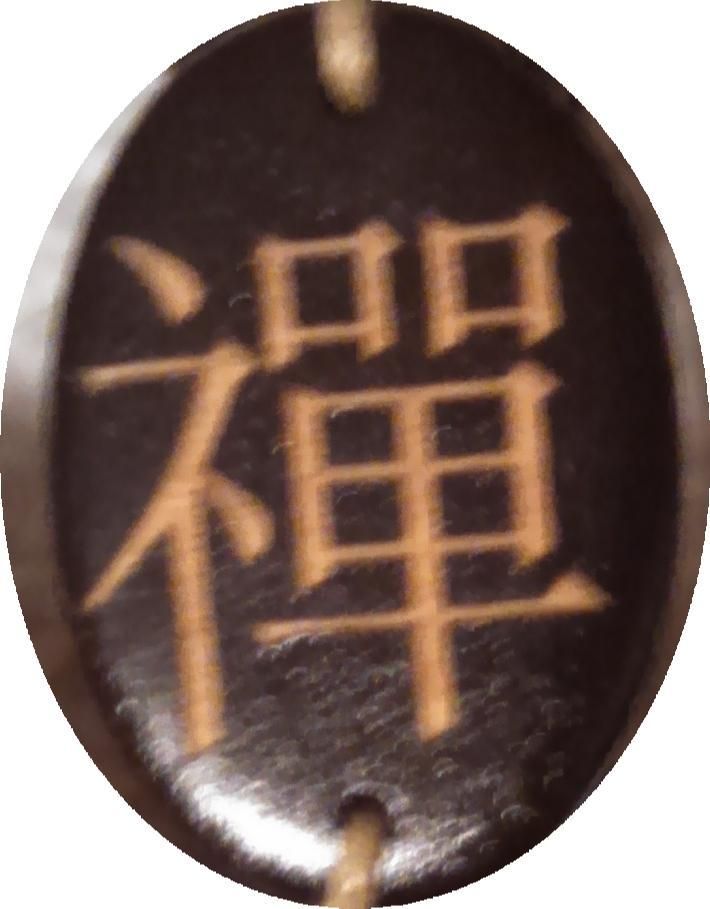The DU Lounge
Related: Culture Forums, Support Forumsrug
(82,333 posts)Just.... Wow.
aidbo
(2,328 posts)Appears to be the traditional Chinese character for zen.
禅 <-- that is the simplified version
http://www.chinese-word.com/data/3967.html

Skip Intro
(19,768 posts)Wounded Bear
(58,670 posts)panader0
(25,816 posts)Seriously, oriental calligraphy fascinates me. Can you image what the typewriters look like?
hunter
(38,317 posts)
http://shc.stanford.edu/news/research/featured-research-world%E2%80%99s-first-history-chinese-typewriter
In the modern electronic world, keyboards for Logographic written languages like Chinese and Japanese are quite conventional.
Typing a few characters get's you the character you want, for example the Cangie method:

Lydia Leftcoast
(48,217 posts)Anyway, word processing was a real benefit for users of Asian languages.
The result of the complexity of the script was that Japanese and Chinese people wrote almost everything by hand, including business letters. Secretaries were supposed to have clear, elegant handwriting. (But they had printing presses before the West did.)
There were very few typewriters in Japan. I happened to see one. It was the size of a large chess board and had squares with the characters on top. On the side was a movable arm with a hole on the end. You moved the arm till the hole was over the character you wanted, and then you punched. It was about as fast as a Ouija board.
Given the clumsiness of the typewriters, the Japanese adopted personal word processors at a time when few Westerners had them. They have since been replaced by computers.
pinboy3niner
(53,339 posts)I know, I know...

Gidney N Cloyd
(19,841 posts)Special Prosciuto
(731 posts)Go Home Yankee Capitalist Imperialist Gangster Bandit Landlord Dog.
CreekDog
(46,192 posts)GOLGO 13
(1,681 posts)Where did you find this written?
